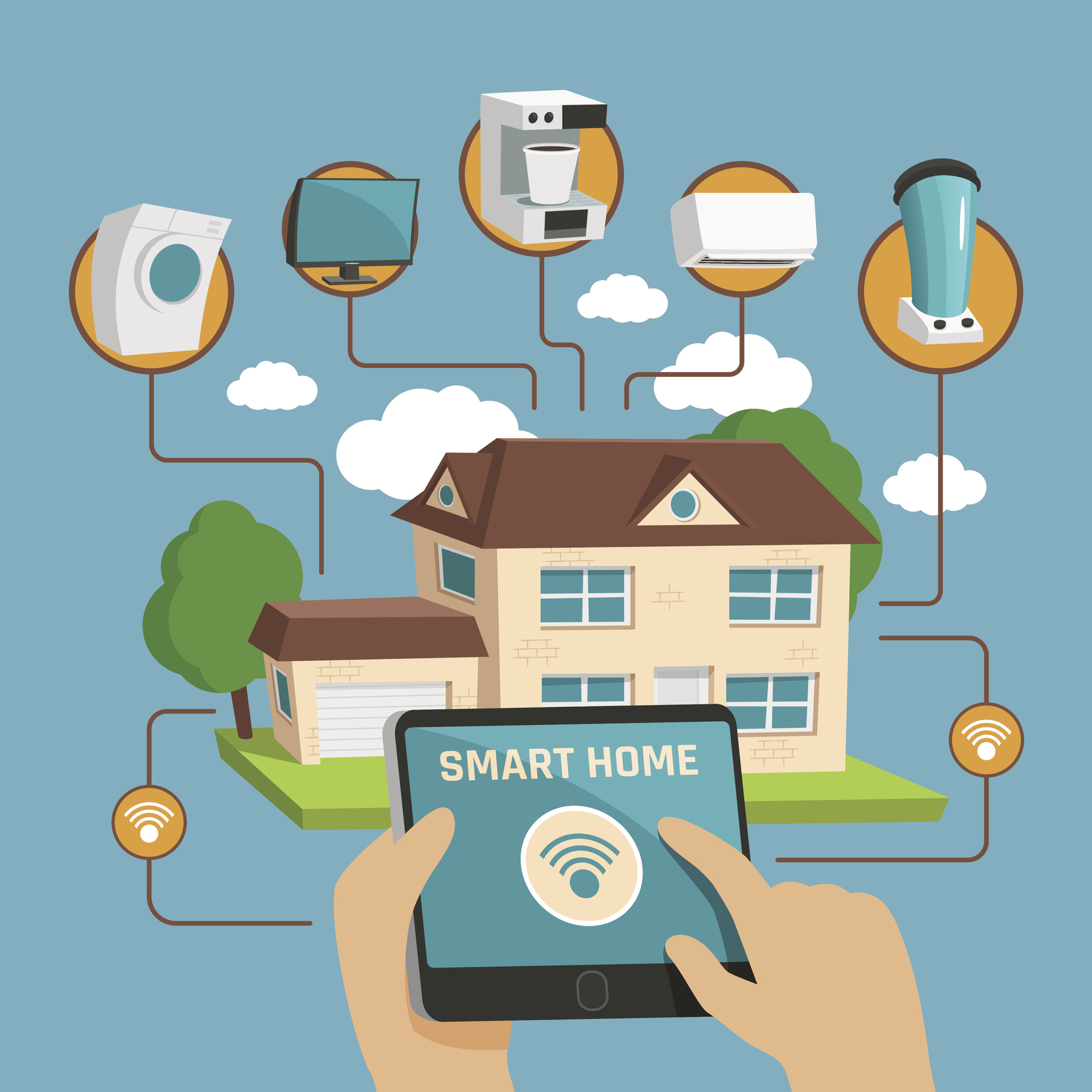Housing
What Is Your Best Choice for a Smart-Home Security System?

Published:
Last Updated:

For most of us, security for our homes, our families, and ourselves is a serious consideration. Home security systems have been around for a long time, typically involving a professionally installed network of sensors and other devices that are connected to a central monitoring point manned 24 hours a day. These systems are relatively expensive and are well-known to be susceptible to false alarms when residents accidentally trip the alarm.
The rise of the internet and wireless communications have brought the cost of security systems to within a price range that is affordable, with the caveat that you still get what you pay for. Lower-priced systems are limited in coverage and require a fair amount of your personal attention while more costly systems still include 24-hour monitoring.
Some of these new systems include smart technology that learns the difference between an intruder and your cat, reducing the chances of a false alarm.
Audrey Ference at Realtor.com has looked at smart security systems with different capabilities in three price ranges and identified one in each category that works well. Here’s her list:
For low-cost protection
At its most basic, a smart security system includes a camera. A popular choice here is the Nest Cam which sends live video to your smartphone and can also alert you to noises or motion in your home when you’re away. The camera costs $199 and is limited to one room. You are also your own monitor.
For more comprehensive protection
The iSmart Home Video Bundle includes a single camera, 3 contact sensors you can install on doors or windows, a motion detector, a remote control called a tag, and decals for your doors and windows. Additional components can be added if necessary. And don’t downplay the decals — according to one study signs and decals alone are enough to send a potential burglar elsewhere. The basic system costs $200.
For thorough protection
There is still no substitute for 24-hour a day, 7-day a week monitoring. Where you have to take an active role in monitoring your system under the previous plans, Vivint offers a variety of extras such as smoke and carbon monoxide detectors, glass break detectors, and keyless door locks. A system can cost around $550 to install and monthly monitoring costs $40.
One final note. Many homeowners’ insurance plans offer rebates to customers who install any of these systems. See Realtor.com for more details.
If you’re one of the over 4 Million Americans set to retire this year, you may want to pay attention. Many people have worked their whole lives preparing to retire without ever knowing the answer to the most important question: am I ahead, or behind on my goals?
Don’t make the same mistake. It’s an easy question to answer. A quick conversation with a financial advisor can help you unpack your savings, spending, and goals for your money. With Zoe Financial’s free matching tool, you can connect with trusted financial advisors in minutes.
Why wait? Click here to get started today!
Thank you for reading! Have some feedback for us?
Contact the 24/7 Wall St. editorial team.